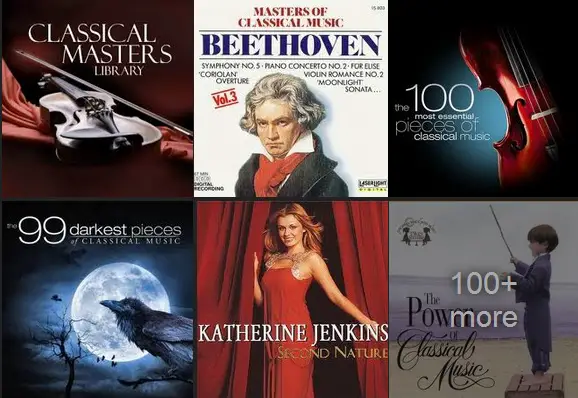 Here we take a look at the various types of orchestras, though many feel that they’re all the same. However, they do differ depending on the number of musicians involved, and whether they play the Opera, Classical, Modern Jazz, or Movie Themes. If you’re a student of music, or take a keen interest in classical music, this information will really be helpful to you.
Here we take a look at the various types of orchestras, though many feel that they’re all the same. However, they do differ depending on the number of musicians involved, and whether they play the Opera, Classical, Modern Jazz, or Movie Themes. If you’re a student of music, or take a keen interest in classical music, this information will really be helpful to you.
What is an Orchestra?
An orchestra is a sizable instrumental ensemble. It represents a group of musicians who use various music instruments to play music in common. As opposed to the chamber ensemble, in orchestra some of its musicians form groups that play in unison. An orchestra includes sections of brass, string, woodwind as well as percussion instruments. The development of the orchestra was observed in the eighteenth and nineteenth centuries. During the next century it underwent little changes in composition.
Types of Orchestra
There are three kinds of orchestra that regale audiences around the world with new musical experiences every year.
Symphony Orchestra: Symphony orchestra (or philharmonic orchestra) consists of around 50 to 100 musicians (a full orchestra has around 80 players). New York has a symphony and philharmonic orchestra, both have the same structure but different names to tell them apart. Symphonies play different types of music — classical, film scores, jazz, etc. There’s a conductor who leads the musicians.
Chamber Orchestra: Smaller than a Symphony, a chamber orchestra has under 50 musicians, who perform in chamber room of a private home or public hall. It Because there are fewer musicians, every musical part is played by only one musician, except the string instruments, which are generally the same in chamber and symphony orchestras. A conductor leads the musicians.
String Orchestra
There is also another third type of orchestra, known as the “String” orchestra, which is the smallest of all the orchestras. As the name suggests, it comprises of only string instruments such as the violin, viola and cello. The size of a string orchestra varies from eight (most common) and can go up to 12 to 18, with the addition of more violins.
A string orchestra usually plays musical compositions written exclusively for string instruments (mostly in the classical or baroque styles). Because of its smaller size, a string orchestra does not require a conductor.
These distinctions in number of musicians are not reflected in either the instrumental composition or the orientation of the orchestra. However the given modifiers can help people to distinguish between two ensembles that are found in the same city (for example, the London Symphony Orchestra and the London Philharmonic Orchestra).
More About Symphonic Orchestra
A symphonic orchestra plays symphonies and suites, symphonic poems and fantasias. Sometimes it accompanies an action in a film, takes part in the performance of operas and oratorios and competes with the soloists during instrumental concerts.
A symphonic orchestra includes a great number of various instruments. There several main sections depending on the played instruments: stringed and bow, wind and percussion instruments. Sometimes an orchestra includes such instruments as a harp, piano and an organ.
In a symphonic orchestra, the players must sit in a strict order. Nowadays there are several variants where the players should sit depending on the will of a conductor and the peculiarities of a musical composition. However there is one strict rule concerning the arrangement of instruments in sections: all the copper wind instruments (French horns, trumpets, tubas and trombones) are arranged near each other, all the wooden instruments (flutes, clarinets, oboes and bassoons) are arranged together and the stringed bow instruments (violins, violas, cellos and contrabasses) are grouped together.

More Instruments of the Orchestra
An orchestra contains many stringed instruments. For example, the number of first violins ranges from ten to eighteen, and of the second violins from eight to sixteen. The number of violas makes up from six to fourteen. The thing is that the sound of the stringed instruments is the weakest. Therefore to equalize the difference of sounding of music, an orchestra needs a big stringed section of instruments. It should be noted that the stringed instruments are situated closer to the conductor and the audience than the other instruments.
The number of wind instruments varies from two to three. There also may be an additional wind instrument such as English horn, piccolo, contrabassoon, etc.
The percussion section of instruments does not have a regular composition. This section may include only those instruments that enter the score of the playing music. As regards a kettledrum, it is considered the regular instrument of each concert.
I hope this article gives you some idea of the various types of orchestras.
KeytarHQ editorial team includes musicians who write and review products for pianists, keyboardists, guitarists & other musicians. KeytarHQ is the best online resource for information on keyboards, pianos, synths, keytars, guitars and music gear for musicians of all abilities, ages and interests.



Leave a Reply